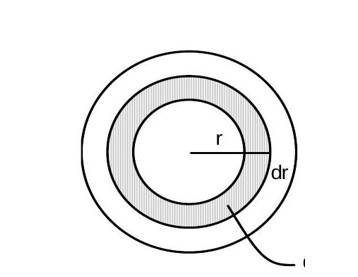Physics System of Particles and Rotational Motion
Get insights from 151 questions on Physics System of Particles and Rotational Motion, answered by students, alumni, and experts. You may also ask and answer any question you like about Physics System of Particles and Rotational Motion
Follow Ask QuestionQuestions
Discussions
Active Users
Followers
New answer posted
4 months agoContributor-Level 10
l1 = M. l of solid sphere about its diameter
l2 = M. I of solid cylinder about its axis
I3 = M. I of solid circular disc about its diameter
I4 = M. I of this circular ring about its diameter
x = 5
New answer posted
4 months agoContributor-Level 10
The direction of torque and angular momentum defines how and in which orientation an object will rotate or sustain its spin. This is important to understand in machines, athletic movements, and even natural phenomena, such as planetary motion.
New answer posted
4 months agoContributor-Level 10
Both torque and angular momentum have direction. We determine their direction based on the right-hand rule. That makes them vector quantities in rotational motion.
New answer posted
4 months agoContributor-Level 10
Yes, an object can have angular momentum without torque. The physics behind it is that if no external force act on an object, its angular momentum is constant. That is based on the law of conservation of momentum.
New answer posted
4 months agoContributor-Level 10
Torque is the measure of rotational force on an object (rigid or extended body). It changes the object's angular momentum. To calculate in physics, torque equals the rate of change of angular momentum. The formula for that is
Taking an Exam? Selecting a College?
Get authentic answers from experts, students and alumni that you won't find anywhere else
Sign Up on ShikshaOn Shiksha, get access to
- 66k Colleges
- 1.2k Exams
- 680k Reviews
- 1800k Answers

